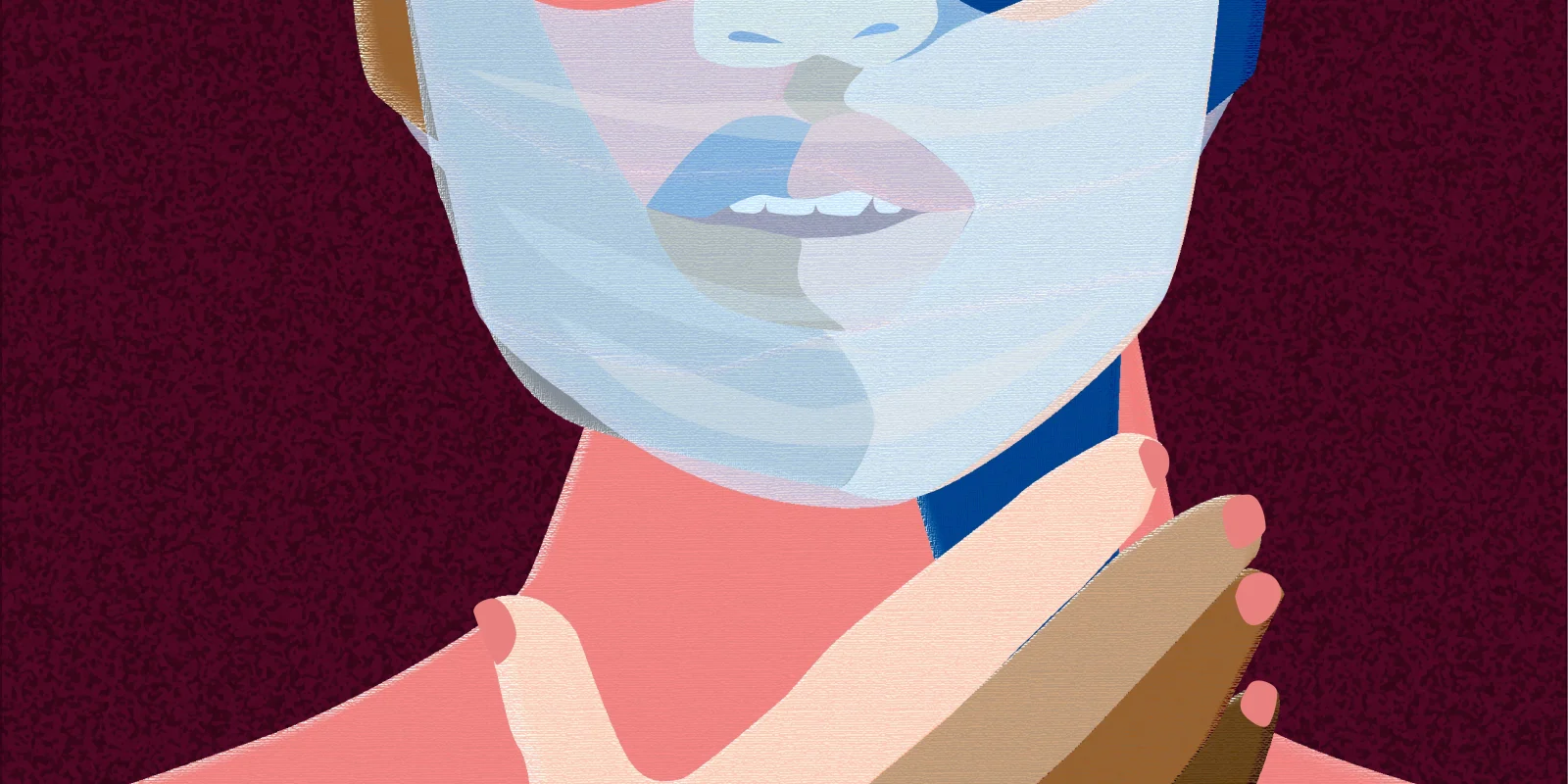 My patient, an eleven-year-old girl with purple glasses, a messy ponytail, and a diagnosis of mild developmental delay, was telling me about her favorite subjects when all of a sudden, her father took the conversation in a different direction. “Man, I’m glad our country finally has a good leader,” he said. “It’s all about making America great again—and it would be even greater if the two coasts just fell off!”
My patient, an eleven-year-old girl with purple glasses, a messy ponytail, and a diagnosis of mild developmental delay, was telling me about her favorite subjects when all of a sudden, her father took the conversation in a different direction. “Man, I’m glad our country finally has a good leader,” he said. “It’s all about making America great again—and it would be even greater if the two coasts just fell off!”
As his words were sinking in, I tried to keep my expression neutral. I turned to hang the otoscope back in its place in a gesture somewhere between ignoring and appearing to concentrate on medical tasks. It seemed an inopportune time to mention that I’d done my medical training on one coast and my undergraduate studies on the other, and had spent all but two years of my life inhabiting the parts of the US he so disliked, the parts that should just “fall off.” This was my second year in Ohio, where I had moved to start my pediatrics residency two Julys prior. It was my first time going through an election period in a non-blue state.
He took my silence as an invitation to keep going. “Kaylee, tell the doctor about when you got in trouble in Social Studies!” Kaylee piped up to tell her story. “Miss Miller was talking about Black History Month. And I said, why should black people get their own month? White people don’t have their own month." Her father beamed. “Good for you for speaking your mind,” he remarked.
I said nothing—and today, I regret it.
In the months that have elapsed since Kaylee’s visit, I have thought back to what happened and why I didn’t say anything. On some level, I didn’t want to disrupt the physician-patient alliance. Before politics came up, the visit had been going smoothly. We had checked the standard boxes of school life, home life, and medical ailments. I had complimented the way Kaylee’s father advocated for his daughter, speaking with school administrators about her developmental delay to ensure she received the services she needed. He had been engaged during the visit, listing the names and dosages of Kaylee’s medications from memory and telling his daughter he was proud of her progress in math.
And yet, he crossed a line with his comments about Black History Month. Furthermore, he was instilling his own racist beliefs in his young, impressionable daughter. Why, then, did I feel as though I couldn’t, or shouldn’t, react?
While being a physician requires treating people of all races with compassion, dignity, and respect, the roadmap for how to interact with people who are racist is less clear. Empathetic listening, one of the core tenets of medical training and a key component of every good visit, becomes intolerable; at a certain point, the act of listening to offensive and discriminatory statements begins to feel analogous to condoning them. The traditional model of patient-centered care falls apart. How can we prioritize the patient’s interests and wishes when these interests and wishes are repugnant to us and antithetical to our own values? This raises another crucial question: when should we feel empowered to assert ourselves? Is it necessary to check one’s moral compass at the door of the exam room?
The racist patient is hardly a new phenomenon. Multiple authors have wrestled with the ethical implications of providing care to those who refuse to be seen by physicians of certain races or ethnicities (1,2). Paul-Emile et al. propose an algorithm for how to proceed. If the patient is unstable, then he or she should be treated immediately by the first qualified person available. With a stable patient with decision-making capacity, on the other hand, it is necessary to better understand the origins of the patient’s request. If bigotry is at the root, there is no clear path forward. The authors recommend “engag[ing] in negotiation, persuasion, and (in some cases) accommodation within the practical realities of providing effective care for all patients” (1). Such accommodations may include reassignments or transfers to another facility.
This brings up a crucial distinction. My experience with a racist patient is fundamentally different than that of a minority provider. I have never walked in to an exam room and been asked to leave because the patient prefers to be treated, or to have their child be treated, by someone of a different race. Because I am white, I have the ability to disengage and pretend I have not heard: I can let comments go unnoticed or change the topic, much in the way I did with Kaylee’s father. Remaining silent is by far the easiest option. But when I recited from the Hippocratic Oath and the Code of Maimonides eighteen months ago, I did not sign up to be a passive bystander to racism and bigotry. I owe it to myself, to my patients, and to my community of healthcare providers, to stand up for what I believe in.
In today’s highly divisive political climate, situations such as the one I witnessed threaten to become more commonplace, the consequences more harmful. The challenge for us as providers going forward will be to assert ourselves in a manner that does not automatically shut down communication and destroy the physician-patient relationship.
References:
- Paul-Emile K, Smith AK, Lo B, and Fernández A. Dealing with racist patients. N Engl J Med 2016;374;8.
- Reynolds KL, Cowden JD, Brosco JP and John D. Lantos. When a family requests a white doctor. Pediatrics 2015;136;381.
Phoebe Prioleau, MD is a second-year pediatrics resident at UH Rainbow Babies and Children’s Hospital in Cleveland, OH. Before medical school, she pursued graduate studies in French literature and art history. She has published creative work in Doximity, The Living Hand, Annals of Internal Medicine, and The Journal of Medical Humanities, among other places.
Illustration by Yi-Min Chun






